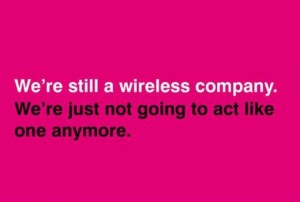Another billion dollar acquisition for VMware
Ajit Deshpande - January 29, 2014 - 0 Comments
 Mobile device management (MDM) had its first billion dollar exit last week, when one of the leading startups in the space, Airwatch, was acquired by VMware for more than $1.5 billion. An eleven year old Atlanta-based company, Airwatch has more than 10,000 customers and between $125 and $150 million in revenues.
Mobile device management (MDM) had its first billion dollar exit last week, when one of the leading startups in the space, Airwatch, was acquired by VMware for more than $1.5 billion. An eleven year old Atlanta-based company, Airwatch has more than 10,000 customers and between $125 and $150 million in revenues.
From a technology trends standpoint, there might be some headwinds around the MDM space. The first question is whether mobile can become a decent end-user compute platform, and the second question is whether mobile data or application management, wherein the focus is more around managing and securing data and apps rather than managing the end-point device, is the better approach. Both of the above will impact the long term need and growth prospects for MDM. However, all things considered, Airwatch still looks like an excellent fit for VMware. VMware has recently been focused on mobile virtualization, which is likely complementary to Airwatch’s MDM suite. Airwatch also likely brings key new customer relationships to VMware, while at the same time helping VMware ward off competitor Citrix (which purchased smaller MDM player Zenprise in late 2012). As VMware goes up against Amazon and Microsoft and Google on the server virtualization front, this mobility play opens up another flank for the company. Most importantly, this acquisition strengthens the EMC family significantly. Pivotal already has strong capabilities around mobile data architectures (via the Pivotal Labs acquisition) and mobile app development (via the Extreme Labs acquisition). It will be interesting to see if components of Airwatch’s technology make it to Pivotal to help Pivotal become a full stack mobility services provider to the industrial internet.

